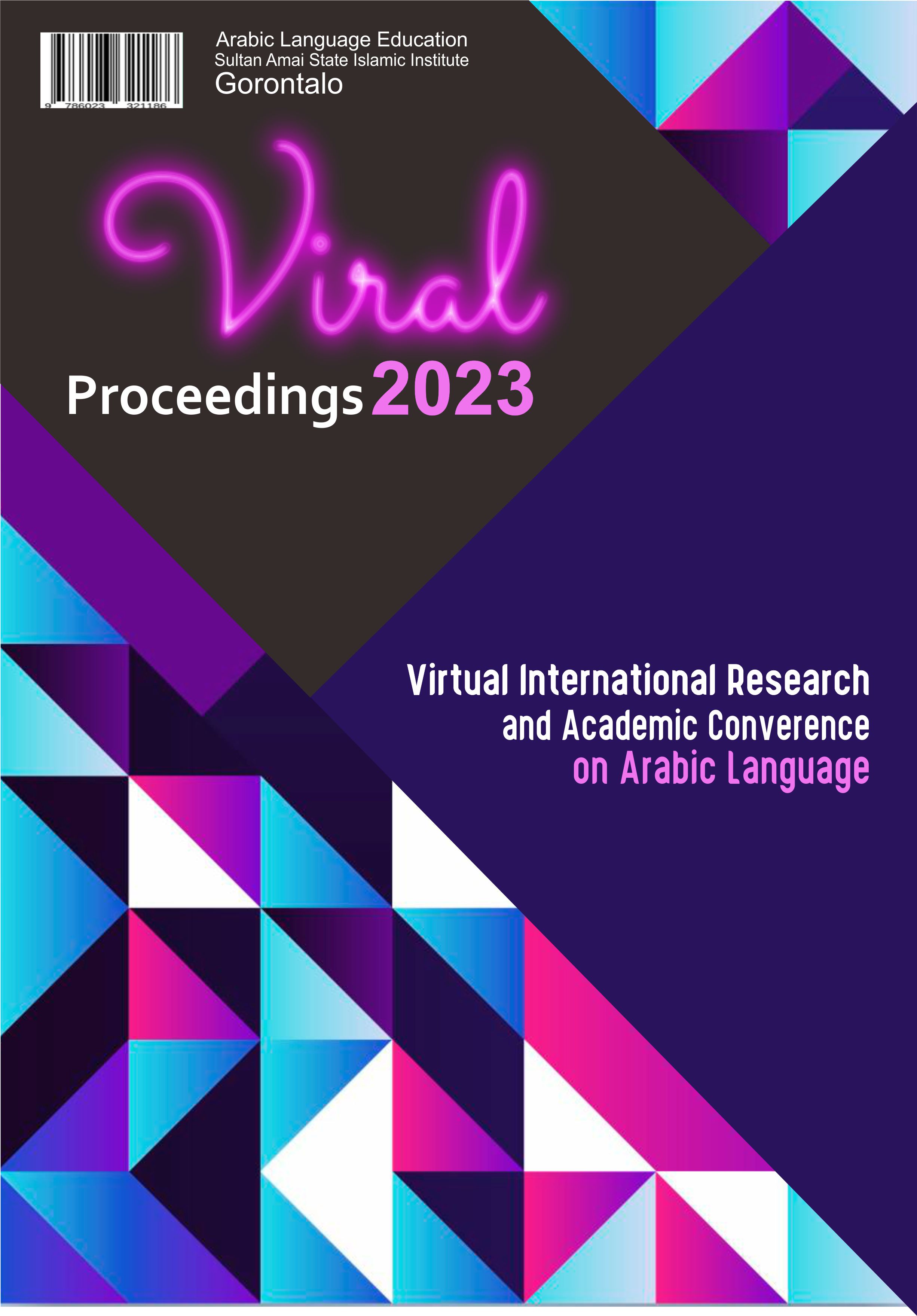Navigating the Digital Landscape: Technology's Role in Arabic Language Learning at Universities
Abstract
As universities increasingly adopt technology in their curricula, the role of digital tools in Arabic language learning has become a focal point for educators and researchers. This paper investigates how various technological innovations—such as online learning platforms, mobile applications, and digital collaboration tools—are reshaping the landscape of Arabic language instruction. By conducting a thorough review of existing literature and case studies from universities that have successfully implemented technology-driven Arabic programs, the research identifies best practices and innovative strategies that enhance language acquisition. Key findings indicate that technology not only facilitates access to authentic language resources but also promotes active learning through interactive exercises and real-time feedback. The paper also discusses the pedagogical implications of integrating technology into language instruction, emphasizing the importance of aligning digital tools with educational objectives. Additionally, the challenges faced by educators, such as the need for professional development and institutional support, are explored. This study aims to provide insights for educators and administrators seeking to navigate the complexities of technology integration in Arabic language education, ultimately contributing to the creation of more effective and engaging learning environments.




